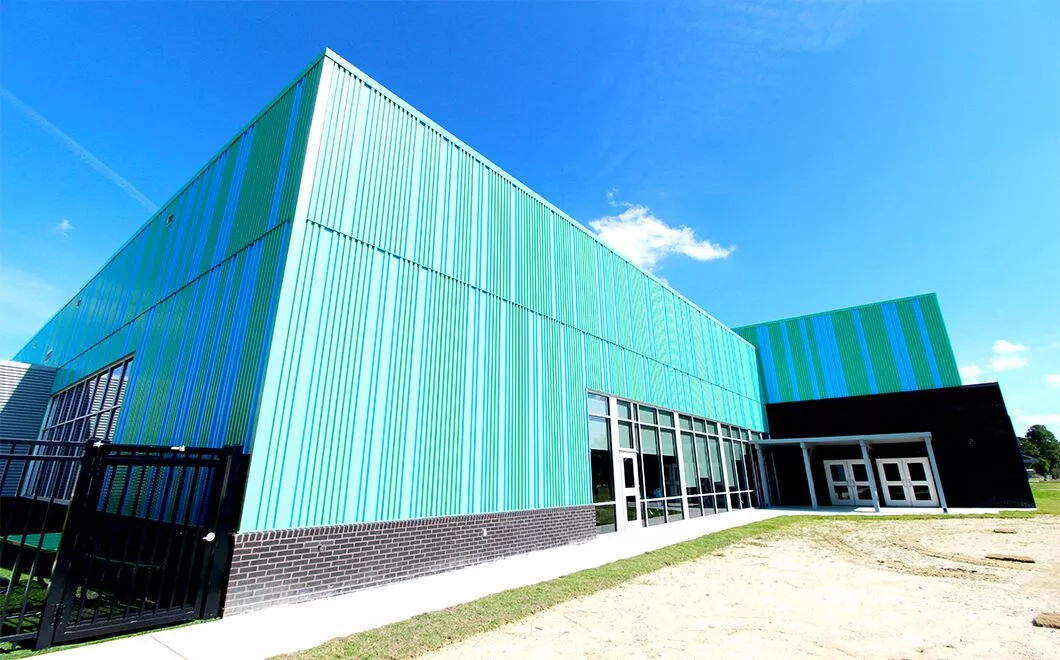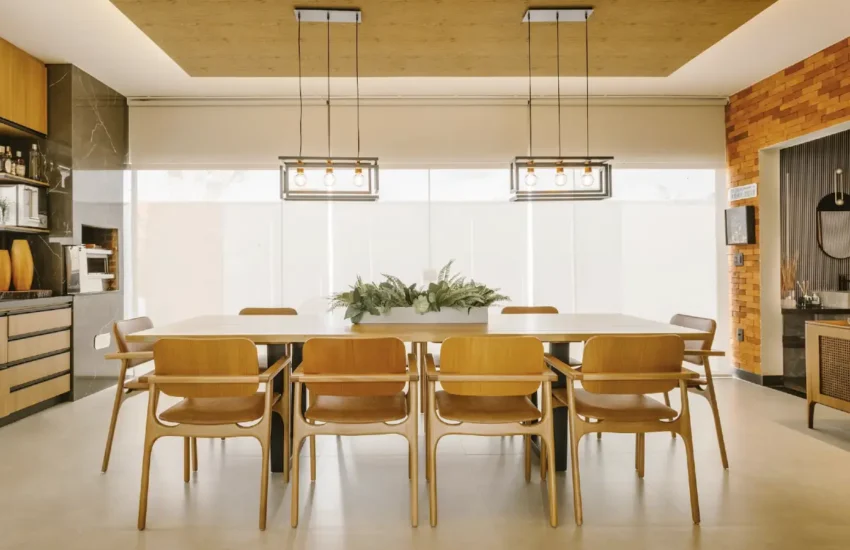Facts on Exterior Wall Panels
Wall panels are more than just a visual element of any project. They also help to insulate buildings, regulate internal temperatures, contribute to energy efficiency, and protect against harsh climatic conditions.
Proper design, detailing, and specification of exterior walls are crucial to long-term performance. The improper material selection at one layer of a building enclosure can negatively influence all other layers’ in-service durability and performance.

Natural Materials
A range of natural materials may be utilized to create the distinct appearance and feel of outdoor wall panels. Some of the most common are stone, wood, concrete, and metal. While some of these can be expensive, they also add value and durability that can help offset the cost.
Many of these products are sustainable and made with recycled or reusable materials. They are fire-resistant and withstand weather elements like rain, wind, sand, and dirt. They are often lighter and easier to install than other cladding options, speeding up construction times and lowering costs.
The cladding material you select can also help a building’s energy efficiency. For example, a stone cladding system can help regulate internal temperatures. In contrast, a wood cladding system may allow for the transfer of moisture from the inside of a building to the outside. In addition, many cladding products are now available with insulation built into them which can help meet code-required performance criteria for structural support, air and water barriers, moisture management, and insulating elements.
Consider using composite materials or engineered wood to reduce the maintenance required on a cladding system, like those from Roofing Solutions. These products typically have a wood look but are designed for performance. They can be prefabricated offsite, which helps speed up the project schedule and improve quality. They can also perform well under developing energy codes and may be able to contribute to LEED status.
Metal
The weathering skin of a building is a vital design factor that contributes to a structure’s overall look and functionality. Metal wall panels provide a modern, distinctive aesthetic and a durable barrier against fire and weather. Combined with other components like the primary air and moisture barriers, they are an energy-efficient solution.
In addition, the myriad of design options available for metal wall panels allows architects and designers to add distinctive architectural effects without incurring much additional expense. This and the fact that they are relatively lightweight and offer a cost-effective choice for various projects make them popular for many buildings.
Architects and designers will find insulated metal panels (IMPs) available in various colors, widths, and profiles. They can be fabricated to achieve a range of architectural styles and meet the design requirements of most climates. IMPs also have superior thermal properties, allowing them to reduce the energy required for heating and cooling, which results in significant savings in operating costs for the building owner.
Additionally, IMPs are typically less costly in terms of installation costs than tilt-up wall systems or precast concrete and are comparable in cost to synthetic stucco and EIFS. Moreover, their comparatively light weight allows for reduced dead load sizing, which, in turn, can save on structural system sizing and related costs.
Concrete
Concrete wall panels create a distinct aesthetic that can be modern, sophisticated, or stately. They are also durable, fire-resistant, and easy to maintain. This option is excellent for new commercial buildings, upscale lofts, or private residential homes.
With concrete mixes routinely in the 6,000 to 9,000 psi range, exterior walls can withstand harsh weather conditions and other factors that can damage traditional materials. For example, rain and snow can rot wood and cause different types of damage, while sun and wind can crack or fade building components over time. Concrete is a natural water repellent, so it doesn’t rot or get damaged by the elements.
Since precast concrete is made offsite, construction schedules can be accelerated. This allows architects to design a more efficient structure and reduces construction costs by eliminating the need for on-site fabrication, transportation, and installation.
Precast concrete panels consist of a thin outer wythe of concrete and a backup system built from steel framing or studs, with furring for interior finishes like drywall. Many systems incorporate a layer of rigid insulation between the two concrete wythes, which can help achieve LEED status and energy efficiency goals. Carbon fiber wythe connectors are often used to tie the two concrete wythes together, and various sizes and shapes are available to meet structural engineering requirements.
Wood
When natural, warm-toned wood is used for cladding, it creates an organic, timeless appeal. This type of home exterior can be enhanced by using a darker trim color, creating an appealing contrast. This feature can be handy for highlighting window details and directing the eye to essential features of a structure like a gabled porch or rooftop.
When using a wall paneling system, it is essential to nail each panel on the sheathing securely. This helps prevent gaps between panels and allows OSB to swell into place. It is important to note that the sheathing must be nailed every six inches along the seams and wherever openings exist in the stud, joist, or rafter walls.
If the sheathing isn’t nailed correctly, it can cause moisture to get inside the building. This can lead to mold and mildew problems, as well as water leaks that can damage the interior of a home.
Metal exterior cladding systems can be installed horizontally or vertically to give the building a unique aesthetic. These cladding panels are also fire-resistant and durable. This makes them an excellent choice for large urban buildings that need protection against weather conditions and other threats. They can also be used for smaller structures like residential homes. This type of cladding is less expensive to install and requires much less maintenance than other exterior wall materials.


